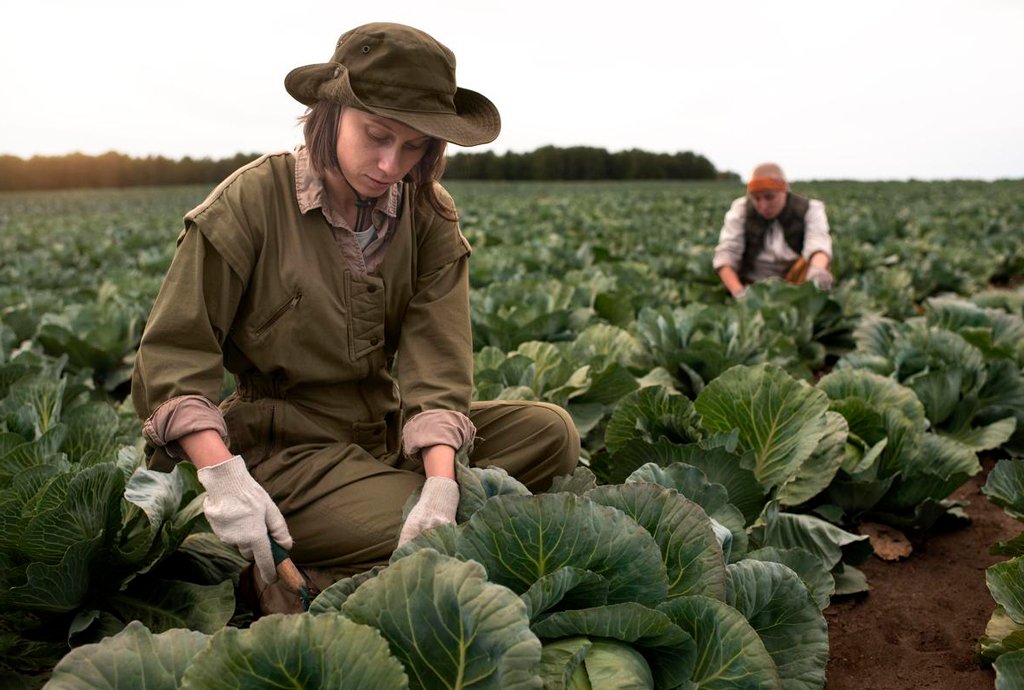
“Regenerative Agriculture” : A Film Exploration
- foodfightadmin
- July 12, 2023
- Agriculture, Hunger In America
- rsc pages, rscl
- 0 Comments
Film : Kiss the Ground
Agriculture’s impact on our environment often goes unnoticed but its detrimental effects on our ecosystems are significant. Traditional farming has resulted in soil erosion, loss of biodiversity, desertification, habitat destruction, and contamination of air and water. These issues are largely attributed to conventional agriculture, which has undermined the health of our planet’s natural systems for centuries.
The Industrial Revolution worsened soil degradation as landscapes were razed by machines and synthetic fertilizers were widely adopted to meet growing demand for food during global conflicts. Consequences have been far-reaching, impacting biodiversity, nutritional content and levels of carbon in the atmosphere. 46% of the Earth is now classified as drylands with 9% suffering from severe desertification.
In recent years, a promising solution called Regenerative Agriculture has emerged, aiming not only to reverse these trends but also to enhance our ecosystems. Its core objective is to improve soil health by sequestering carbon from the atmosphere back into the soil. This approach employs farming practices that work in harmony with nature, drawing inspiration from traditional wisdom of Indigenous communities. By combining ancestral knowledge with scientific advancements, modern farming has the potential to revolutionize agricultural practices and create a future of abundance.
Agriculture is a significant contributor to greenhouse gas emissions, primarily through livestock and crops. In the United States, Concentrated Animal Feeding Operations (CAFOs) generate substantial methane emissions due to conditions in which cattle are raised. Improper diets for cows result in frequent methane emissions, further exacerbated by antibiotics that disrupt their gut microbiome. Shifting towards regenerative practices, where cows graze on pastures and consume their natural diet, will significantly reduce methane emissions.
In a regenerative system, cows engage in “tall grazing,” leaving enough green matter on each grass to sustain continuous photosynthesis. This process helps retain methane in the soil. In a diverse grassland with various species, photosynthesis helps redirect CO2 into the soil, enhancing soil biology, root mass, and overall organic matter, thereby sequestering more carbon. In contrast, conventional feedlots, where photosynthesis is absent, raise CO2 emissions. The shift from conventional to organic to regenerative agriculture marks a significant transition. While organic practices already contribute to reduced pesticide usage and produce healthier crops, regenerative methods take it a step further, actively combating climate change and restoring soil health.
Learn more : Guide to Regenerative Agriculture








